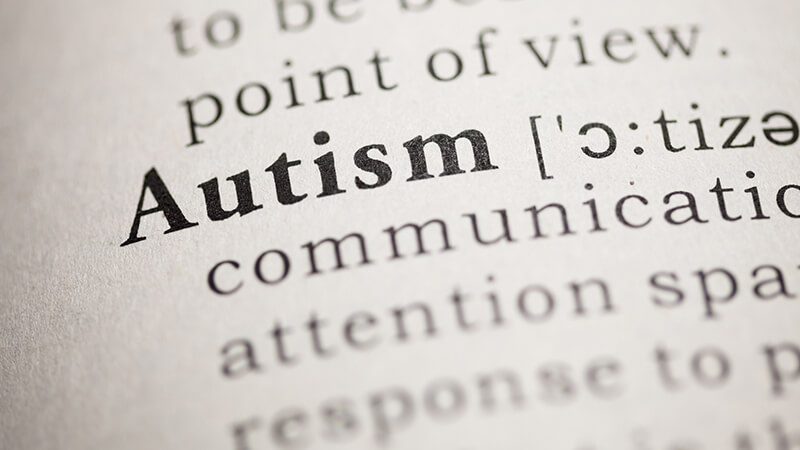We’ve heard the story many times: a young man or woman has trouble succeeding, and the parents enroll them in a wilderness or residential program. Through intensive therapy and hard work, they show progress; thoughtful and insightful letters are sent to the parents, indicating a readiness for change and success. Then they come home. For a few weeks, the previous success seems to stick, but eventually, the old behaviors creep back; waking up late, lost jobs, spending time with inappropriate peers. Soon the parents are considering another program.
New Directions is an important “middle step” that can help someone transition from a high level of structure to a more independent way of living. The initial service plan is just the first step; as a student adjusts and progresses, or suffers a setback, services can be removed or added. The student demonstrates a clean, organized apartment? LMS, the in-apartment hands-on training, can be removed. The student has made friends and has stopped isolating? Social activities can be removed.
Directions Therapy combines parents’ or guardians’ historical observations, the therapist’s impressions, the student’s needs and progress towards goals, and staff’s input. Treatment is not one-size-fits-all, but rather a dynamic process where services are added or removed based on need. Ultimately, the goal is to have any client become as independent as possible.
To learn more about Direction Therapy click here




